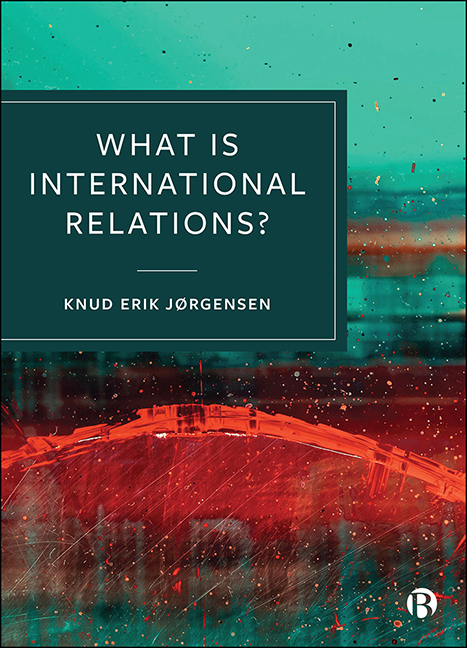Book contents
- Frontmatter
- Contents
- List of Figures, Tables and Box
- List of Abbreviations
- Preface
- Introduction
- 1 What is the Subject Matter?
- 2 What are the Human Sciences?
- 3 What is a Discipline?
- 4 What is Theory?
- 5 What is Disciplinary Diversity?
- 6 What is Community?
- 7 Globalizing International Relations?
- Conclusion
- Notes
- References
- Index
Preface
Published online by Cambridge University Press: 13 May 2022
- Frontmatter
- Contents
- List of Figures, Tables and Box
- List of Abbreviations
- Preface
- Introduction
- 1 What is the Subject Matter?
- 2 What are the Human Sciences?
- 3 What is a Discipline?
- 4 What is Theory?
- 5 What is Disciplinary Diversity?
- 6 What is Community?
- 7 Globalizing International Relations?
- Conclusion
- Notes
- References
- Index
Summary
What is International Relations? is a guidebook for scholars who practise the discipline, regardless of whether they focus on research or teaching, a guidebook that takes independent travellers to conceptual locations that are often mentioned but rarely explored. It puts contemporary sights into historical context while also suggesting future directions. It is not a textbook, though I do believe advanced students will benefit from reading it.
This book began, in operational terms, with a publisher's invitation to have a meeting during the European International Studies Association's (EISA) 12th Pan-European Conference on International Relations in Prague in September 2018. As is well known in the trade, meetings with publishers can be consequential, so for 30 months What is International Relations? was on my to-do list. In a wider sense, I guess the process of collecting material for the book began when I joined Aarhus University to prepare a PhD thesis. Or did the process perhaps begin when I attended my first British International Studies Association (BISA) conference during stormy, rainy days in December 1989. Or perhaps when I began organizing academic workshops, the first one at the time of events in Beijing's Tiananmen Square. In this wider sense, the process of preparation includes participatory or direct observation, though without guidance from anthropological methodological procedures and most likely characterized by limited self-reflection, specifically concerning the unknown unknowns.
Preparing the manuscript has been an exciting experience not least due to the puzzle it is that we have the most contending perspectives on the discipline. On the one hand, we have those who consider the discipline mature and fully accomplished, cherishing the achievements of more than a century. On the other hand, we have those who call for the discipline to be demolished, encouraging us to forget international relations (IR) theory, or who have a principled problem with science as such, which following their conventions always should be ‘science’. Notably, these contending perspectives just apply to those who consider IR a discipline.
- Type
- Chapter
- Information
- What Is International Relations? , pp. vi - viiiPublisher: Bristol University PressPrint publication year: 2021

